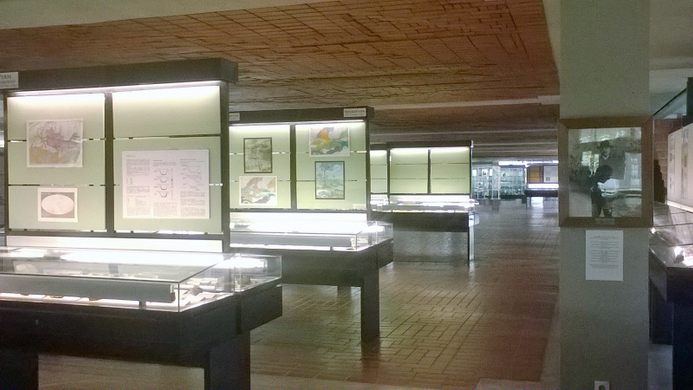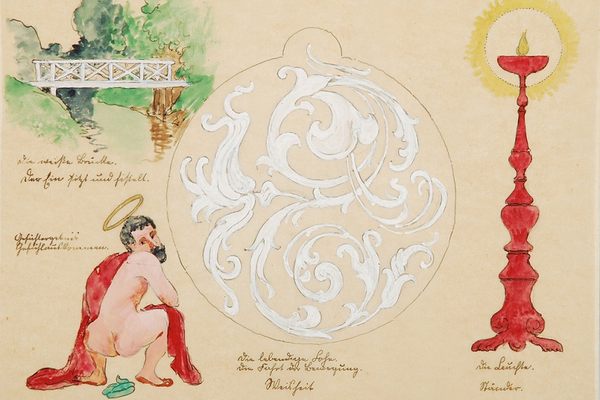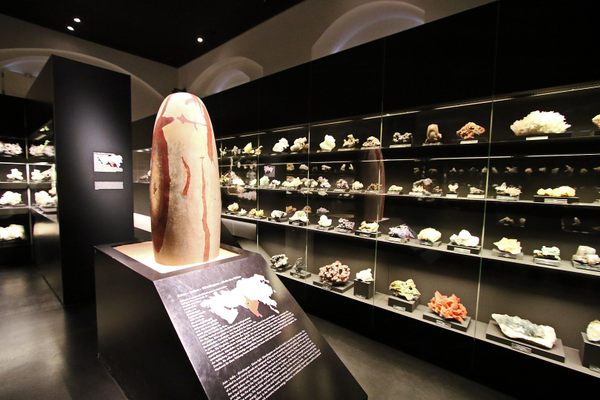The Mauer 1 Jawbone
The jaw of one of humankind's earliest ancestors on display at an overlooked geology museum.
The prestigious lecture halls of Heidelberg University, the oldest university in Germany, are understandably a big draw for the throngs of tourists that visit the city. However, on the grounds of the university’s more modern buildings in the less-explored parts of town north of the river lies a hidden gem that is a must see-for geologists, anthropologists, and science-lovers.
Behind the unassuming doors of Building 234 is the Heidelberg University Geological Museum, a collection of rocks, minerals, and fossils that the geology department has slowly amassed over the university’s long history. Cabinet after cabinet detail the Earth’s 4.8 billion years of rocky history. But one artifact in particular holds a special place; after all it’s not often that you can gaze upon an object that redefined human evolution.
On October 21, 1907, Daniel Hartmann was working away in a sand mine in the nearby village of Mauer when he unearthed what appeared to be a human jaw. He was aware that fossils could be unearthed at this site, as for 20 years the Heidelberg geologist Otto Schoetensack had diligently trained the workers at the sand mine to look out for fossils since the discovery of a prehistoric elephant skull. Schoetensack had taught the workers to watch out for “traces of mankind” by showing them other recent discoveries.
In his excitement, Hartmann frantically dug the jaw out, inadvertently flinging it through the air where a chunk broke off never to be found. Regardless, the mine immediately reported the discovery to Schoetensack. Examination of the fossil soon yielded that this jaw was from a previously unknown human ancestor that Schoetensack named Homo heidelbergensis in honor of its place of discovery. At the time of discovery, the jaw was the oldest human remains ever found. Schoetensack estimated the fossil’s age to be anywhere between 780,000 to several million years old.
To this day, the jaw still acts as the type specimen for the Homo heidelbergensis species. The University’s Geological-Palaeontological Institute states that the jaw is the most valuable object in the natural history collections at Heidelberg.
Know Before You Go
Opening hours: Monday to Friday 08:00 to 17:00. Free entrance. There's an interesting albeit overlooked zoological collection of animal skeletons on display downstairs in Building in 230 next to the Geology Museum.

















Follow us on Twitter to get the latest on the world's hidden wonders.
Like us on Facebook to get the latest on the world's hidden wonders.
Follow us on Twitter Like us on Facebook